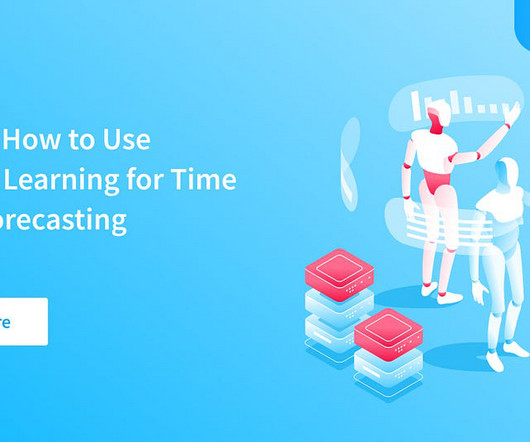Generative vs Discriminative AI: Understanding the 5 Key Differences
Data Science Dojo
MAY 27, 2024
In the recent discussion and advancements surrounding artificial intelligence, there’s a notable dialogue between discriminative and generative AI approaches. These methodologies represent distinct paradigms in AI, each with unique capabilities and applications. What is Generative AI?
















Let's personalize your content